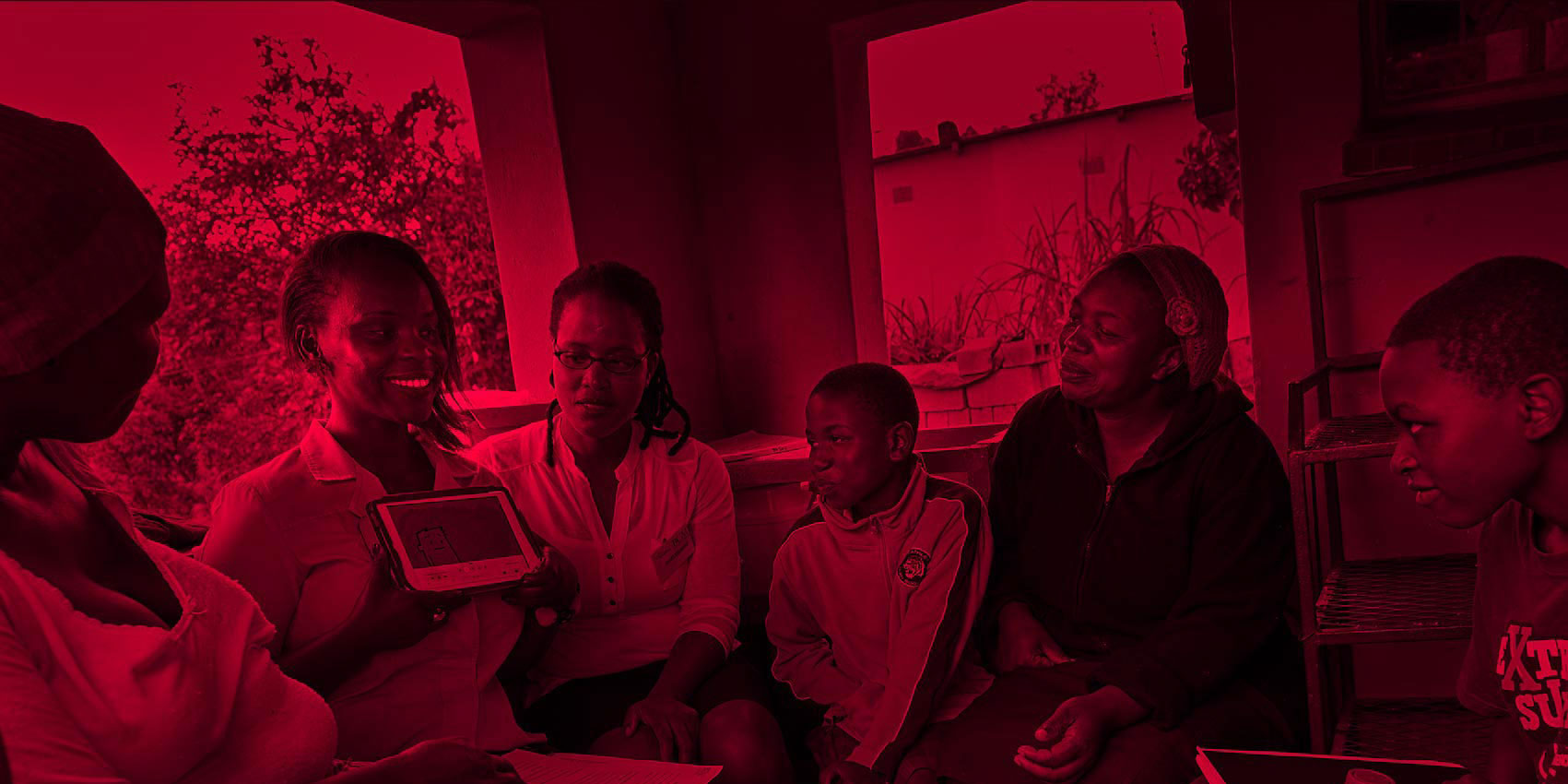06 Jul Principles and Processes
[vc_row css_animation=”” row_type=”row” use_row_as_full_screen_section=”no” type=”full_width” angled_section=”no” text_align=”left” background_image_as_pattern=”without_pattern”][vc_column][vc_separator type=”normal” thickness=”2″ up=”20″ down=”20″][/vc_column][/vc_row][vc_row css_animation=”” row_type=”row” use_row_as_full_screen_section=”no” type=”full_width” angled_section=”no” text_align=”left” background_image_as_pattern=”without_pattern”][vc_column width=”1/3″][vc_single_image image=”964″ img_size=”full” qode_css_animation=”” css=”.vc_custom_1533423532904{padding-bottom: 32px !important;}”][/vc_column][vc_column width=”2/3″][vc_column_text]TB notifications have mostly remained stagnant over the past 10 years, showing that ‘business as usual’ case finding interventions will not lead to any significant improvement in detecting and notifying additional people with TB. With the ambitious target of an additional 1,5 million people with DS-TB and DR-TB to be notified by the end of 2019, the Strategic Initiative (SI) builds on bold principles and processes.
The SI partners are deliberately taking an approach from a people’s perspective to strengthen patient-centered care. People are followed in their health seeking behavior and hence inform how TB case finding interventions are to be operated. For example, in settings where most people seek diagnosis and treatment in the private healthcare sector, case finding interventions must ensure that private healthcare providers become more engaged in providing quality TB health services and are linked to the national notification system for adequate treatment and surveillance. In high TB burden settings where most people seek diagnosis and treatment in public health facilities, however, case finding interventions must ensure systematic screening as routine practice for all clients visiting the facility. Often, strategic information exists on the health seeking behaviors of people in different settings. In order to generate significant impact in TB case detection and notifications, case finding interventions must be tailored to these different local and epidemiological contexts.
Although more systematized information on health seeking behavior of people with TB is increasingly available, through resources like prevalence surveys or patient pathway analyses, data still remains insufficiently available on many high-risk groups, their respective TB burden as well as their specific health seeking behaviors. The lack of available and disaggregated data for monitoring the uptake of TB services in key populations was also highlighted in Stop TB’s first 90-(90)-90 progress report of the Global Plan to End TB 2016-2020.[/vc_column_text][vc_column_text el_class=”gray-box”]In order to successfully detect and notify many more people with TB, the Strategic Initiative seeks to help countries address the following cardinal questions:
Who are the people with TB who are missed?
Where are the people with TB who are missed located?
Why are the people with TB who are missed not diagnosed and/or notified and linked to adequate treatment?
What can be done to reach the people with TB who are missed?[/vc_column_text][vc_column_text]The Global Fund has approved the Funding Requests/Matching Funding plan of the SI priority countries, which also outlines their ambitious TB case finding plans and national targets that together aim at the additional 1.5 million people with TB to be notified by the end of 2019. The Strategic Initiative partners support countries in the operationalization of their case finding interventions, sharing of experiences and best practices as well as assist countries in monitoring their implementation and impact. Where TB case finding interventions turn out to be performing below the expected impact in generating additional TB case notifications, the Strategic Initiative will support countries in refining or reprogramming interventions to maximize the detection and notification of people suffering from TB.[/vc_column_text][vc_column_text el_class=”gray-box”]The experience from successful TB case finding interventions shows that in order to generate impact in finding many more of the currently missing people with TB, at least 3 things must happen and be tracked:
- Test many more people for TB
- Diagnose more TB both with better diagnostics and clinically (especially for children)
- Improve the TB notification systems to capture those already treated in the private sector
[/vc_column_text][/vc_column][/vc_row]










